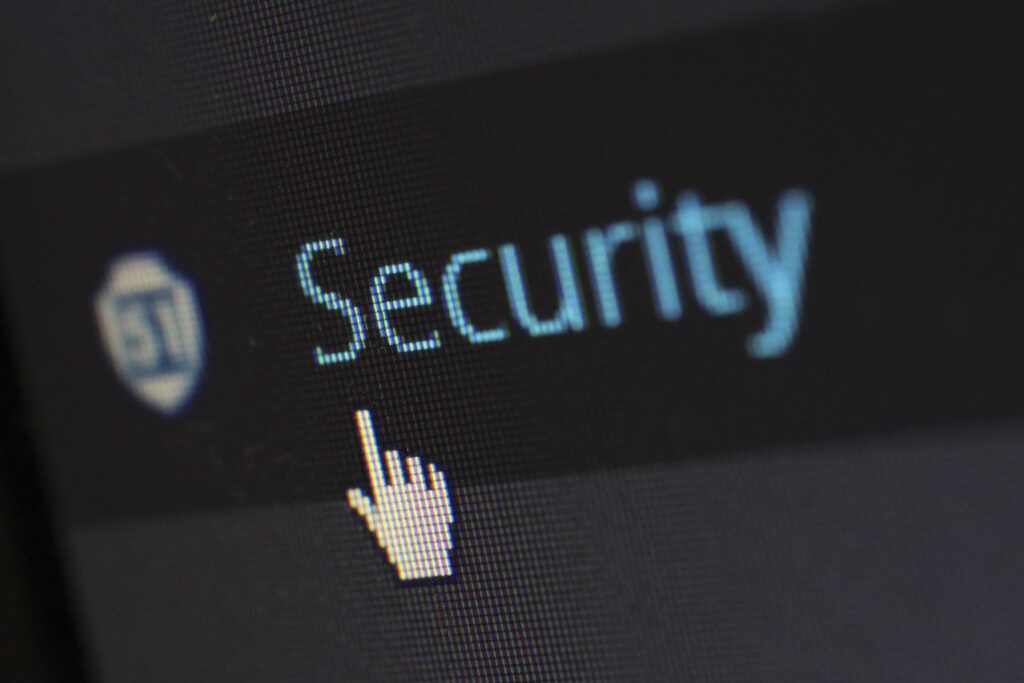In today’s digital landscape, where cyber threats are constantly evolving, ensuring the security of your website is of paramount importance. Content Management Systems (CMS) like WordPress, Joomla, and Drupal are popular choices for building and maintaining websites due to their ease of use and flexibility. However, they are also prime targets for hackers. In this article, we will delve into the crucial security best practices that every CMS-based website owner should implement to safeguard their digital presence.

1. Keep Your CMS and Plugins Updated
One of the simplest yet most effective ways to enhance your website’s security is to keep your CMS and its plugins up to date. CMS developers regularly release updates that often include security patches to address known vulnerabilities. Failing to update your CMS and plugins promptly leaves your website susceptible to exploitation.
2. Use Strong and Unique Passwords
The importance of strong passwords cannot be overstated. Passwords like “123456” or “password” are akin to an open invitation for hackers. Encourage users to create complex passwords that include a combination of upper and lower-case letters, numbers, and special characters. Implement two-factor authentication (2FA) wherever possible to add an extra layer of security.
3. Regularly Back Up Your Website
Regular backups are your safety net in case of a security breach or data loss. Ensure that your CMS is set up to automatically back up your website regularly. Store backups in a secure location, separate from your web server, to prevent them from being compromised if your website is hacked.
4. Limit User Access and Permissions
Grant users access and permissions based on the principle of least privilege (PoLP). In other words, provide users with the minimum level of access required for them to perform their tasks. This minimizes the potential damage a malicious user can inflict on your website if their account is compromised.
5. Implement Security Plugins and Extensions
CMS platforms offer a wide range of security plugins and extensions that can enhance your website’s protection. These plugins can help with tasks such as firewall protection, malware scanning, and login attempt monitoring. Research and select reputable security plugins tailored to your CMS.
6. Regularly Monitor and Audit User Activity
Proactively monitor your website for suspicious activity and unauthorized access. Most CMS platforms offer built-in tools for viewing user logs and activity. Regularly audit these logs to identify and address any security issues promptly.
7. Employ SSL Encryption
Implement Secure Socket Layer (SSL) encryption to protect data transmitted between your website and users’ browsers. SSL not only enhances security but also boosts your website’s search engine ranking. Many hosting providers offer free SSL certificates.
8. Harden Your Server and Hosting Environment
Work closely with your hosting provider to ensure your server and hosting environment are configured securely. This includes setting up proper file permissions, disabling unnecessary server modules, and using security-enhanced configurations.
9. Educate Your Team and Users
User education is a vital component of website security. Train your team and users on best security practices, such as identifying phishing emails, avoiding suspicious downloads, and reporting security incidents promptly. The human element is often the weakest link in cybersecurity.
10. Prepare an Incident Response Plan
Even with robust security measures in place, it’s crucial to be prepared for a security incident. Develop a detailed incident response plan that outlines steps to take in case of a breach. This plan should include procedures for notifying affected parties, addressing the breach, and implementing corrective measures.
11. Stay Informed and Engage with the CMS Community
Stay informed about the latest security threats and vulnerabilities affecting your CMS. Engage with the CMS community through forums, blogs, and official channels to receive updates, share experiences, and access valuable resources.
In conclusion, securing your CMS-based website is an ongoing process that requires vigilance and dedication. By following these security best practices, you can significantly reduce the risk of a security breach and ensure that your website remains a safe and reliable online presence for your users and customers. Remember, in the ever-evolving landscape of cybersecurity, proactive measures are your best defense against threats.